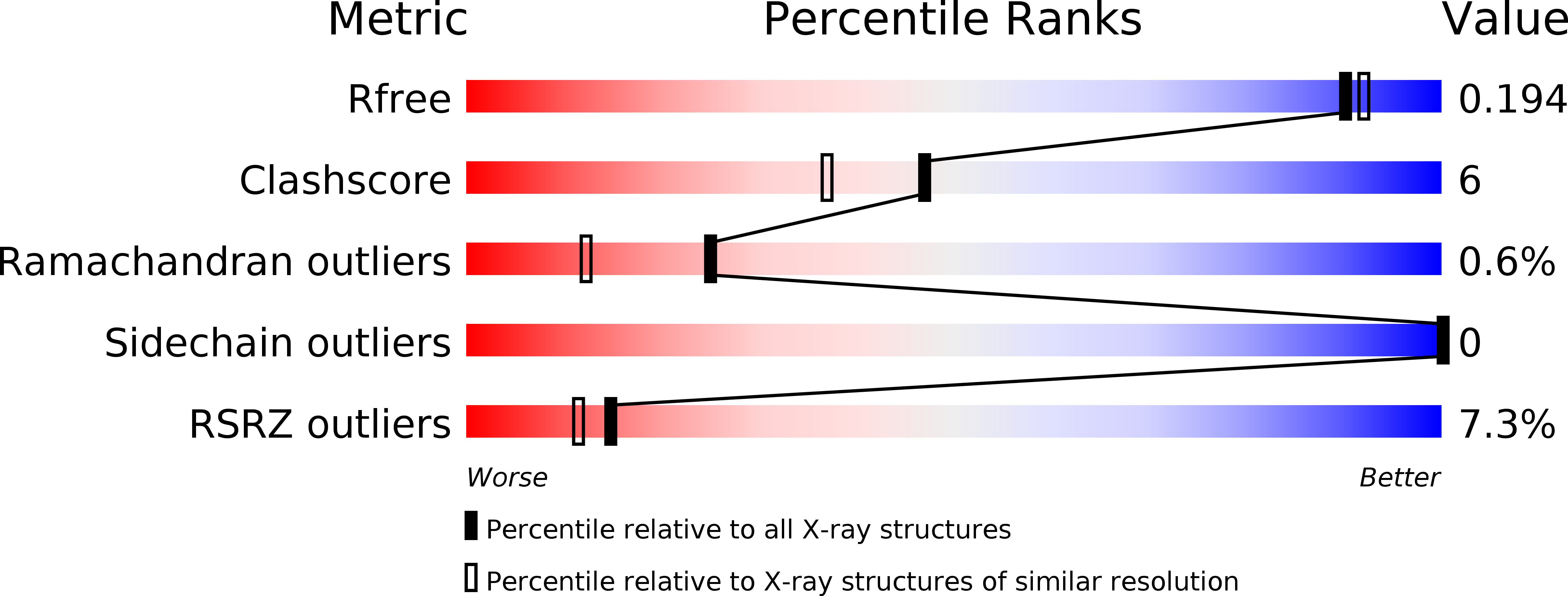
Deposition Date
2010-12-13
Release Date
2011-04-27
Last Version Date
2024-02-21
Entry Detail
PDB ID:
3PYW
Keywords:
Title:
The structure of the SLH domain from B. anthracis surface array protein at 1.8A
Biological Source:
Source Organism:
Bacillus anthracis (Taxon ID: 1392)
Host Organism:
Method Details:
Experimental Method:
Resolution:
1.80 Å
R-Value Free:
0.18
R-Value Work:
0.16
R-Value Observed:
0.16
Space Group:
P 41 21 2


